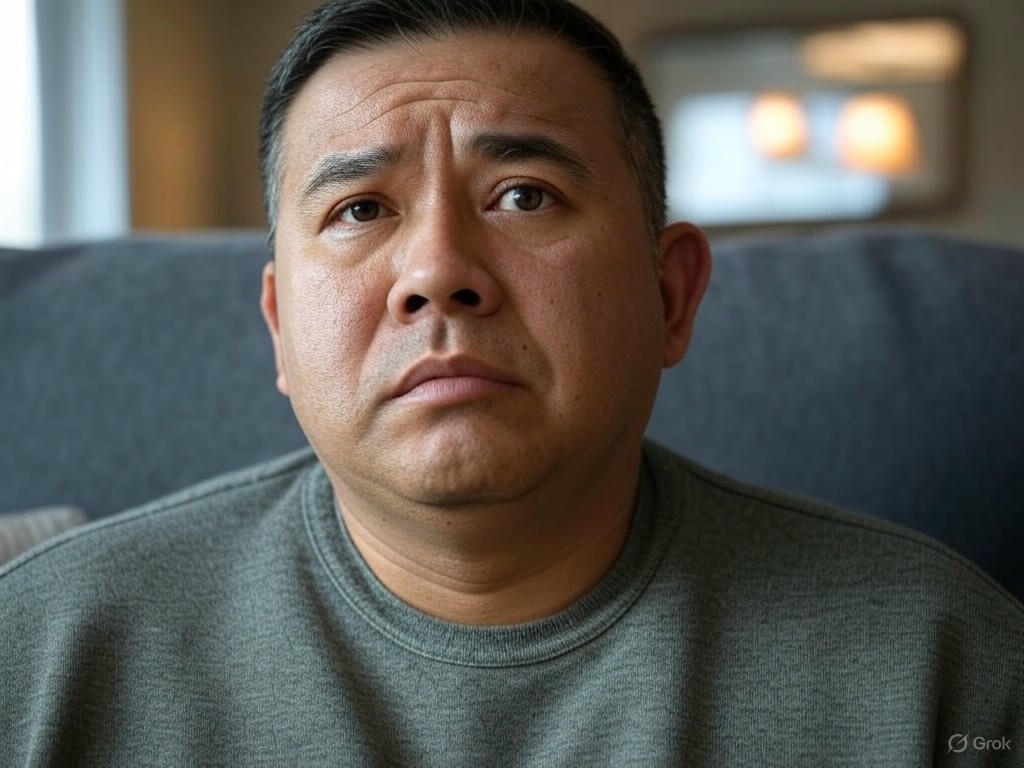Shattered Hearts: Why Men Face Greater Risks in Broken Heart Syndrome
The human heart, often seen as the seat of emotion, can sometimes bear the brunt of intense grief or stress in ways that go beyond metaphor. A condition known as broken heart syndrome, medically termed Takotsubo cardiomyopathy, mimics the symptoms of a heart attack and is triggered by extreme emotional or physical stress. Historically, this ailment was thought to predominantly affect women, particularly those in their post-menopausal years. However, emerging research is challenging this long-held belief, revealing a surprising and concerning trend: men may be at a higher risk of fatal outcomes from this condition.
Broken heart syndrome occurs when a sudden surge of stress hormones, such as adrenaline, temporarily weakens the heart muscle, causing it to balloon and impair its ability to pump blood effectively. Common triggers include the loss of a loved one, a traumatic event, or even intense arguments. While the condition is often reversible with proper medical care, the initial presentation can be life-threatening, resembling a full-blown cardiac emergency. For years, medical professionals attributed a higher incidence of this syndrome to women, possibly due to hormonal differences or societal expectations around emotional expression. Yet, a recent study has shifted the narrative, suggesting that men, when affected, are more likely to succumb to the condition’s severe complications.
This groundbreaking research highlights a critical disparity in outcomes between genders. While women are still diagnosed with broken heart syndrome more frequently, men appear to face a graver prognosis, with a higher likelihood of death following an episode. Experts speculate that this could be linked to several factors, including differences in how men and women process stress, underlying cardiovascular health, or even delays in seeking medical attention. Men may also be less likely to recognize or report emotional distress, which can exacerbate the physical toll on their bodies. Additionally, societal norms that discourage men from expressing vulnerability might contribute to bottling up emotions, potentially intensifying the impact when a breaking point is reached.
The implications of these findings are profound, urging a reevaluation of how healthcare providers approach this condition. Awareness campaigns must now target both genders, emphasizing the importance of recognizing emotional stress as a legitimate health concern. Doctors are encouraged to screen for signs of broken heart syndrome in men presenting with chest pain or shortness of breath following a traumatic event, rather than assuming it’s solely a ‘woman’s issue.’ Furthermore, this research underscores the need for emotional support systems to be accessible and destigmatized for everyone, regardless of gender.
As we deepen our understanding of broken heart syndrome, one thing becomes clear: the heart does not discriminate in its vulnerability to pain. Whether man or woman, the impact of emotional turmoil can be just as devastating as any physical ailment. Moving forward, fostering open conversations about mental and emotional health could be the key to mending broken hearts before they shatter beyond repair.


